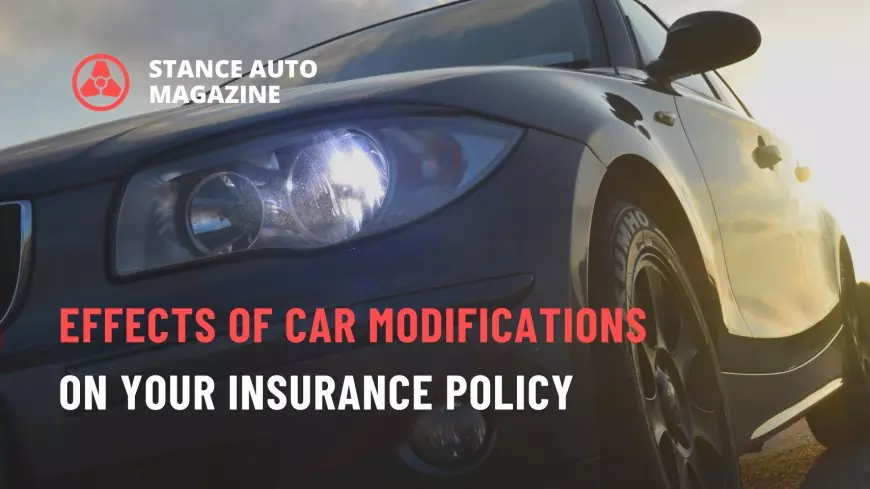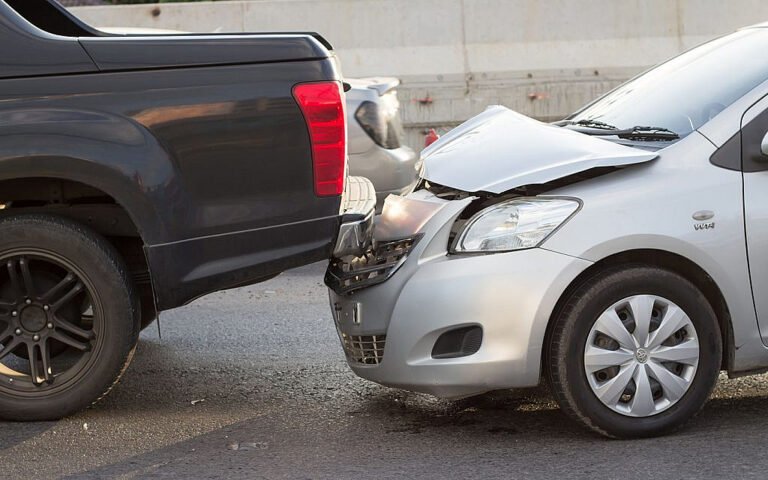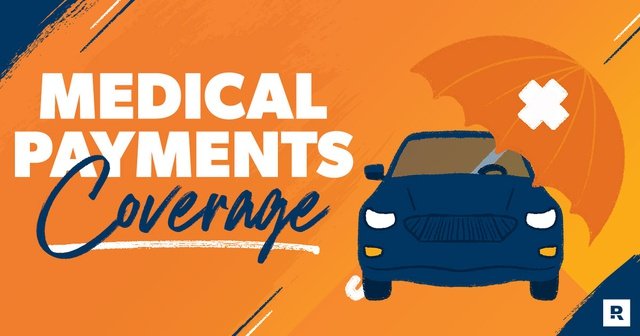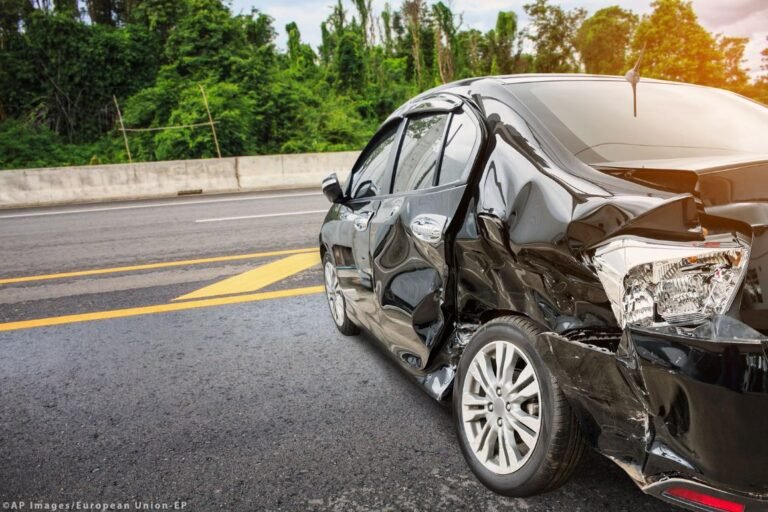How Car Modifications Affect Insurance Premiums: A Comprehensive Guide
Introduction
Car modifications can enhance performance, aesthetics, and functionality, but they also have implications for car insurance premiums. Whether you’ve added aftermarket parts, upgraded the engine, or installed specialized equipment, understanding how these modifications impact insurance costs is crucial. This comprehensive guide explores the factors insurers consider when assessing modified vehicles, the types of modifications that affect premiums, and strategies to manage insurance costs effectively. By the end, you’ll have a clear understanding of how car modifications influence insurance premiums and how to navigate insurance decisions accordingly.
Chapter 1: Understanding Car Modifications
Car modifications involve alterations to a vehicle’s original design and components. This chapter covers:
- Types of Modifications: Examples of common modifications (e.g., performance upgrades, aesthetic changes, functional enhancements).
- Motivations for Modifications: Reasons why car owners modify their vehicles.
- Legal Considerations: Compliance with state laws and regulations regarding vehicle modifications.
Chapter 2: How Car Insurance Companies Assess Risk
Insurers evaluate risk factors associated with modified vehicles. This chapter explores:
- Impact on Safety and Performance: How modifications can affect vehicle handling and safety.
- Statistical Risk Assessment: Data-driven analysis of accident rates for modified vehicles.
- Underwriting Guidelines: Criteria insurers use to determine premiums for modified cars.
Chapter 3: Types of Car Modifications That Affect Insurance Premiums
Certain modifications are more likely to impact insurance premiums. This chapter discusses:
- Performance Enhancements: Turbocharging, engine tuning, and exhaust modifications.
- Aesthetic Modifications: Body kits, paint jobs, and custom interiors.
- Functional Modifications: Suspension upgrades, braking systems, and adaptive equipment.
Chapter 4: Assessing the Value of Modifications
The value and cost of modifications influence insurance considerations. This chapter covers:
- Appraisal and Documentation: Providing proof of modifications and their value.
- Replacement Cost: Ensuring modifications are adequately covered in case of damage or theft.
- Depreciation and Appreciation: How modifications affect the vehicle’s overall value over time.
Chapter 5: Impact of Modifications on Insurance Premiums
Modified vehicles often attract higher insurance premiums. This chapter explores:
- Risk Assessment Factors: How insurers calculate premiums based on modifications.
- Premium Adjustment Factors: Specific elements that influence insurance rates.
- Comparative Analysis: Cost differences between insuring modified and stock vehicles.
Chapter 6: Customized Coverage Options for Modified Vehicles
Insurance companies offer tailored coverage options for modified cars. This chapter includes:
- Agreed Value Policies: Ensuring modifications are covered up to an agreed-upon value.
- Specialty Insurance Providers: Companies specializing in insuring modified and classic cars.
- Coverage Limitations: Understanding policy exclusions and limitations for modifications.
Chapter 7: Documenting Modifications for Insurance Purposes
Proper documentation is essential when insuring modified vehicles. This chapter discusses:
- Modification Records: Keeping detailed records of all modifications made to the vehicle.
- Appraisal Reports: Obtaining professional appraisals to assess the value of modifications.
- Photographic Evidence: Documenting modifications with clear photographs.
Chapter 8: Legal and Regulatory Considerations
Legal compliance is crucial when modifying vehicles. This chapter covers:
- Emissions Compliance: Ensuring modifications meet environmental standards.
- Vehicle Registration: Updating registration information for modified vehicles.
- Insurance Requirements: Meeting minimum coverage requirements for modified cars.
Chapter 9: Insurance Premium Factors Beyond Modifications
Other factors also influence insurance premiums for modified vehicles. This chapter includes:
- Driver Profile: Impact of age, driving record, and location on premiums.
- Usage Patterns: How mileage and purpose of use affect insurance rates.
- Security Measures: Installing anti-theft devices and secure parking options.
Chapter 10: Strategies to Manage Insurance Costs for Modified Vehicles
Reducing insurance premiums for modified cars requires strategic planning. This chapter explores:
- Bundle Discounts: Savings by combining car insurance with other policies.
- Safety Training: Benefits of defensive driving courses for premium reductions.
- Comparison Shopping: Finding insurers specializing in modified car coverage.
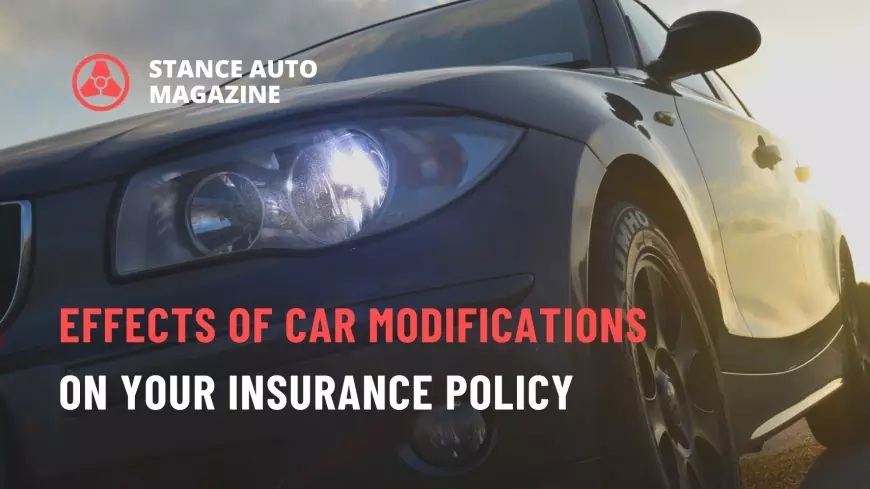
Chapter 11: Future Trends in Modified Car Insurance
Advancements in technology and changes in consumer preferences impact insurance for modified vehicles. This chapter discusses:
- Advancements in Vehicle Modification Technology: Influence on insurance coverage and premiums.
- Environmental Considerations: Trends in eco-friendly modifications and insurance incentives.
- Insurance Industry Innovations: How insurers adapt to accommodate modified vehicles.
Chapter 12: Case Studies and Real-Life Examples
Illustrative examples highlight insurance experiences with modified vehicles. This chapter includes:
- Case Study 1: Insurance challenges and solutions for a heavily modified sports car.
- Case Study 2: Comparison of insurance costs before and after major modifications.
- Real-Life Examples: Stories from car enthusiasts on navigating insurance for modified vehicles.
Chapter 13: Considerations for DIY Modifications
Do-it-yourself modifications require special insurance considerations. This chapter covers:
- Safety and Compliance: Ensuring modifications meet safety standards.
- Impact on Warranty: How modifications can affect vehicle warranties.
- Insurance Coverage Adjustments: Updating insurance policies after DIY modifications.
Chapter 14: Conclusion
Car modifications can enhance the driving experience, but they also impact insurance premiums and coverage. By understanding the factors insurers consider, documenting modifications properly, and exploring customized insurance options, you can effectively manage insurance costs for your modified vehicle. Remember, staying informed about insurance requirements and trends ensures you have adequate protection while enjoying your customized ride.
Additional Resources
- Glossary of Car Modification Terms
- Checklist for Insuring Modified Vehicles
- Sample Modification Documentation Template
This comprehensive guide aims to provide clarity on how car modifications affect insurance premiums. By exploring risk assessment factors, coverage options, documentation requirements, and strategies to manage insurance costs, you can navigate insurance decisions confidently and ensure your modified vehicle is adequately protected on the road.
